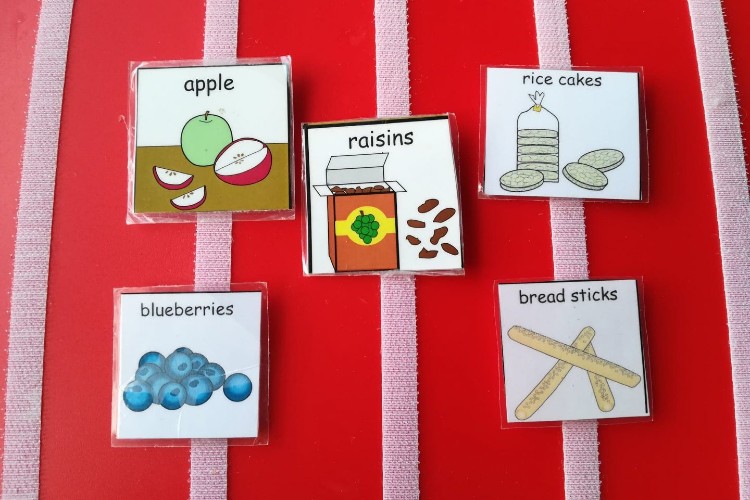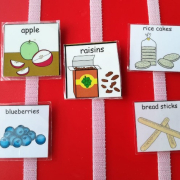Picture Exchange Communication System (PECS)

The Picture Exchange Communication System (PECS) is an evidence-based augmentative and alternative communication (AAC) method designed to help individuals with limited or no verbal language communicate effectively. Developed in 1984 by Lori Frost and Dr. Andrew Bondy, PECS has become a cornerstone in Applied Behavior Analysis (ABA) programs, especially for children with autism. By teaching functional communication through pictures, PECS empowers learners to express their needs, build sentences, and engage socially across various settings, including home, school, and clinical environments.
Definition of PECS
PECS is a pictorial communication system that enables individuals to use picture cards to represent items, actions, or concepts. These cards are stored in a communication book or PECS board, often with Velcro for easy access. Communication begins with simple exchanges (e.g., handing a picture of “juice” to request juice) and progresses to constructing sentences like “I want juice.”
How PECS Works
- The learner selects a picture card representing a desired item or action.
- The card is exchanged with a communication partner.
- The partner provides the item or response, reinforcing the communication attempt.
- Over time, learners build more complex sentences and expand their vocabulary.
This process emphasizes initiation — the learner independently starts communication rather than relying on prompts.
Why PECS Is Used in ABA
PECS supports functional, self-initiated communication and reduces frustration that may lead to challenging behaviors. Key benefits include:
- Effective for children with autism who struggle with verbal expression
- Promotes independence and social interaction
- Can be implemented in diverse settings (home, school, therapy)
- Does not require prerequisite skills like pointing or labeling
The Six Phases of PECS Training
PECS training follows a structured six-phase protocol:
- Learning How to Communicate
- Learner exchanges a single picture for a desired item.
- Focus on initiation without verbal prompts.
- Adding Distance and Persistence
- Learner travels to the communication book and partner.
- Builds persistence and generalization across settings./li>
- Picture Discrimination
- The learner chooses between two or more pictures.
- Expands vocabulary and discrimination skills.
- Sentence Structure
- Learner uses a sentence strip (e.g., “I want [item]”).
- Combines multiple pictures for structured communication.
- Answering Questions
- Learner responds to “What do you want?” using the sentence strip.
- Reinforces interactive communication.
- Commenting
- Learner expands beyond requests to comment (e.g., “I see [object]”).
- Supports social interaction and expressive language.
Behavioral Mechanisms Behind PECS
PECS is grounded in behavioral principles:
- Shaping: Gradually building communication skills step by step
- Differential Reinforcement: Rewarding correct exchanges with access to desired items
- Transfer of Stimulus Control: Teaching independence by fading prompts
Considerations for Severity and Function
- Effective for: Replacing challenging behaviors maintained by access to tangibles or escape from demands
- Less effective for: Behaviors maintained by automatic reinforcement (e.g., sensory stimulation)
- Target population: Nonverbal or minimally verbal individuals across a wide range of severities
Caregiver and Practical Considerations
PECS is appealing because:
- Requires minimal motor skills from the learner
- Low cost and portable across settings
- Can be taught relatively quickly
- Promotes meaningful, functional communication
- Caregivers can implement with high fidelity after training
The Picture Exchange Communication System (PECS) is more than a communication tool; it’s a pathway to independence, social connection, and reduced frustration for individuals with autism and other communication challenges. By following its structured six-phase protocol, caregivers and professionals can help learners build functional communication skills that last a lifetime.

